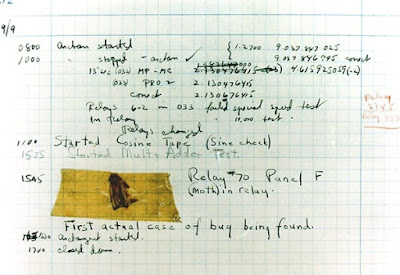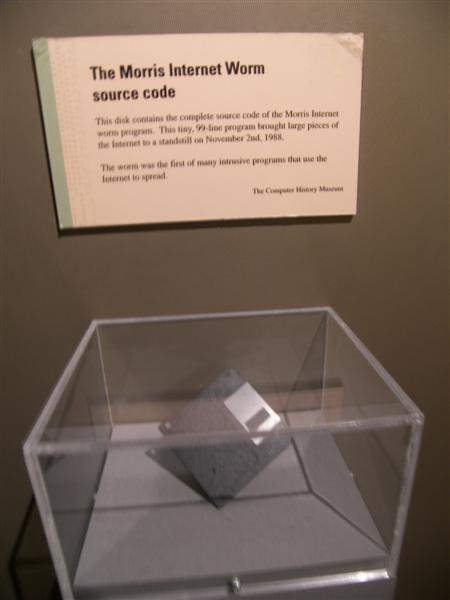
Of all the American baseball team names, the Dodgers may have the oddest nickname.
Today, they are the
Los Angeles Dodgers, members of the National League West division of Major League Baseball (MLB), but their origin goes back more than a hundred years to Brooklyn, New York. But those beloved Brooklyn Dodgers went through
a series of name changes.
 |
| Brooklyn Dodgers logo of 1910-1913 |
The Dodgers were originally founded in 1883 as the Brooklyn Atlantics, taking the name of a defunct team that had played in Brooklyn before them. The team joined the American Association in 1884 and won the AA championship in 1889 before joining the National League in 1890.
They promptly won the NL Championship their first year in the League.
They were called the Brooklyn Trolley Dodgers in 1895. The nickname came from the busy streets surrounding where they sometimes played (they moved a lot) and the dangerous dodging of newly-electrified and faster trolley cars and traffic in general in that New York City borough. That name was still new enough in September 1895 that a newspaper could report that, "'Trolley Dodgers' is the new name which eastern baseball cranks [fans] have given the Brooklyn club."
They had played at a number of parks and were then at Eastern Park, where there weren't any trolley lines, only the elevated railway. The name was soon shortened to Brooklyn Dodgers.
But other team names were used by the franchise that would finally be called "the Dodgers" and the list included some really odd ones: the Grooms, the Bridegrooms, Ward's Wonders, the Superbas and the Robins. These nicknames were used by fans and newspaper sports writers to describe the team, but not officially adopted by the team whose legal name was the Brooklyn Base Ball Club.
In 1932, the word "Dodgers" appeared on team jerseys and the following year it appeared on both home and road jerseys.
In Brooklyn, the Dodgers won the NL pennant twelve times and the World Series in 1955.
The first major-league baseball game to be televised was Brooklyn vs. Cincinnati at Ebbets Field on August 26, 1939. Batting helmets were introduced to Major League Baseball by the Dodgers in 1941.
But Jackie Robinson's story may be the most famous Brooklyn Dodgers story. For most of the first half of the 20th century, no Major League Baseball team employed a black player. I the Negro Leagues, players were denied a chance to prove their skill before a national audience. Jackie Robinson became the first African-American to play Major League baseball in the 20th Century when he played his first major league game on April 15, 1947 as a member of the Brooklyn Dodgers.
General Manager Branch Rickey was the key to Robinson's entry and his motivation was both moral (He was a member of the Methodist Church, the antecedent denomination to The United Methodist Church of today, which was a strong advocate for social justice and active later in the Civil Rights Movement.) and a business consideration.
Real estate businessman Walter O'Malley had acquired majority ownership of the Dodgers in 1950 when he bought the shares of team co-owners Branch Rickey and the estate of the late John L. Smith. He had been working to buy new land in Brooklyn for a new, more accessible and better ballpark than Ebbets Field, which was beloved but outdated.
He was offered a site in Flushing Meadows, Queens, but passed as it was planned to include a city-built, city-owned park. The site was the eventual location of Shea Stadium, home of the NY Mets.
O'Malley decided to look outside New York. Los Angeles officials attended the 1956 World Series looking to bring a team home and originally targeted the Washington Senators. (The Senators did eventually move in 1961 to become the Minnesota Twins.)
About the same time, the owner of the baseball NY Giants was also looking for a new ballpark and having a tough time. Their equally antiquated home stadium, the Polo Grounds was unsuitable for updating and, finding no NY real estate, the team moved to San Francisco.
The Brooklyn Dodgers played their final game at Ebbets Field on September 24, 1957, beating the Pittsburgh Pirates. But the Brooklyn version of the team still has fans, as is evidenced by the
vintage and reproduction memorabilia still sold today - and especially popular in Brooklyn.
The team moved to Los Angeles and on April 18, 1958, the Los Angeles Dodgers played their first game in L.A., defeating the former New York and newly relocated and renamed San Francisco Giants, 6–5, before 78,672 fans at the Los Angeles Memorial Coliseum. They played for four seasons at the Coliseum before moving to their current home of Dodger Stadium.
Though there were no trolleys to dodge in Los Angeles, there certainly was plenty of freeway traffic.








